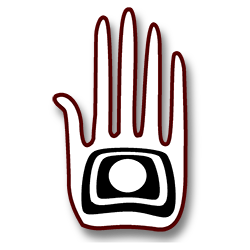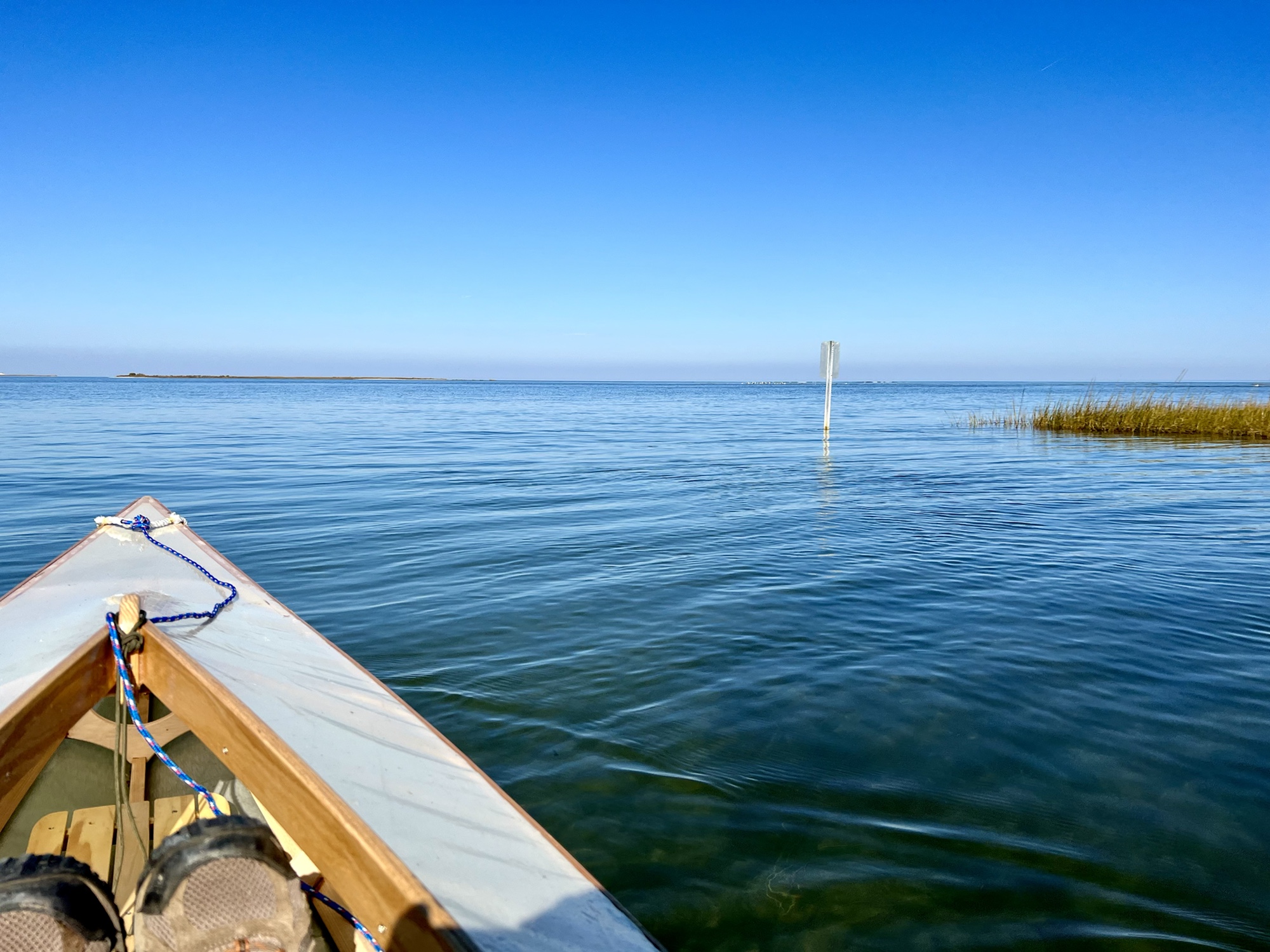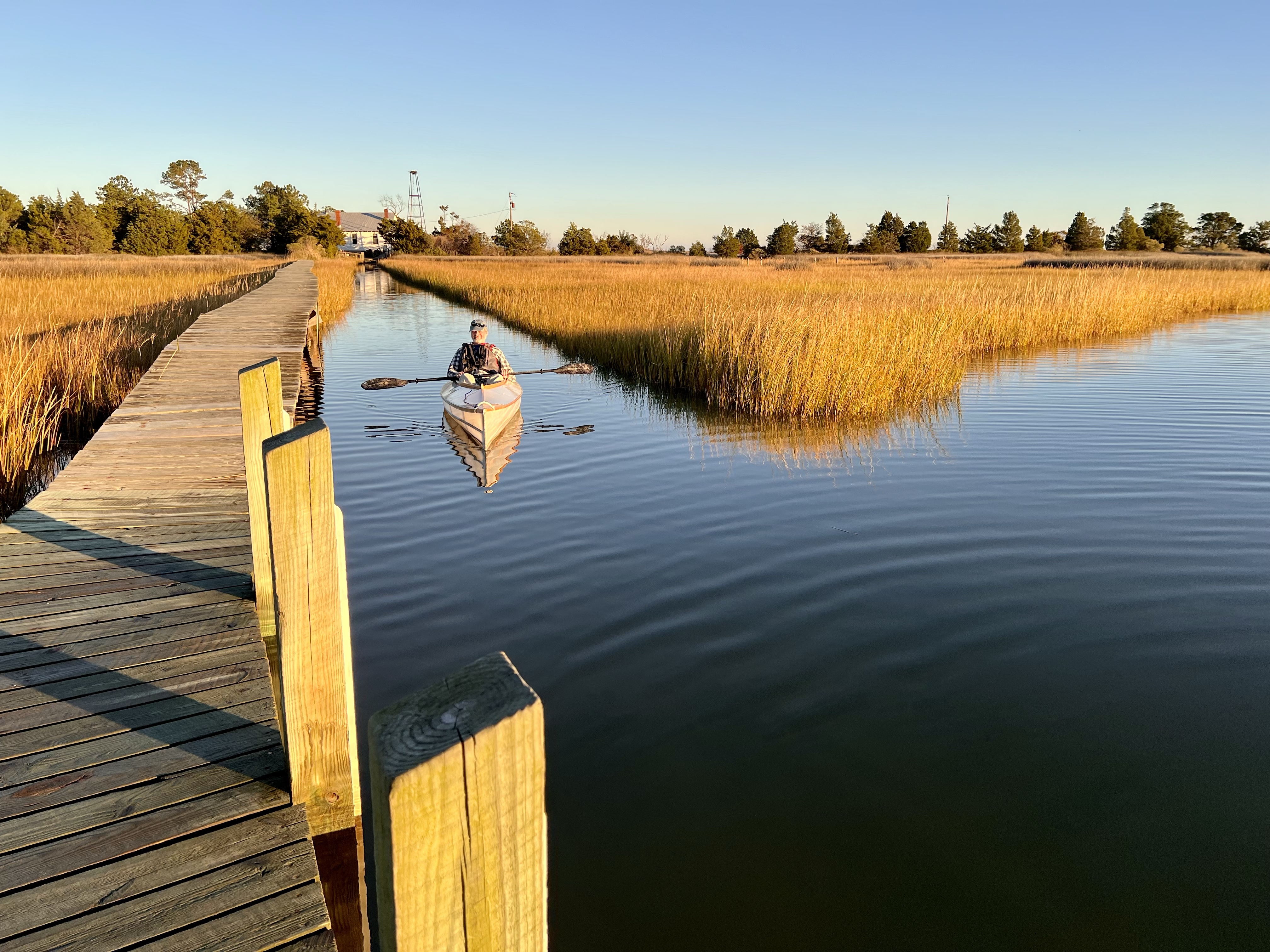
North Inlet
Garden Creek
Time Opens All Doors
Sunset East
The Marsh Boat Floats
Chuckanut 12s First Splash Video
Finally getting around to posting this. T’s first paddle in her new skin-on-frame kayak designed by Dave Gentry.
Dave himself helped me build this boat. It weighs all of 25 pounds. Very easy for a small person to launch and paddle.
Thanks, Dave!










